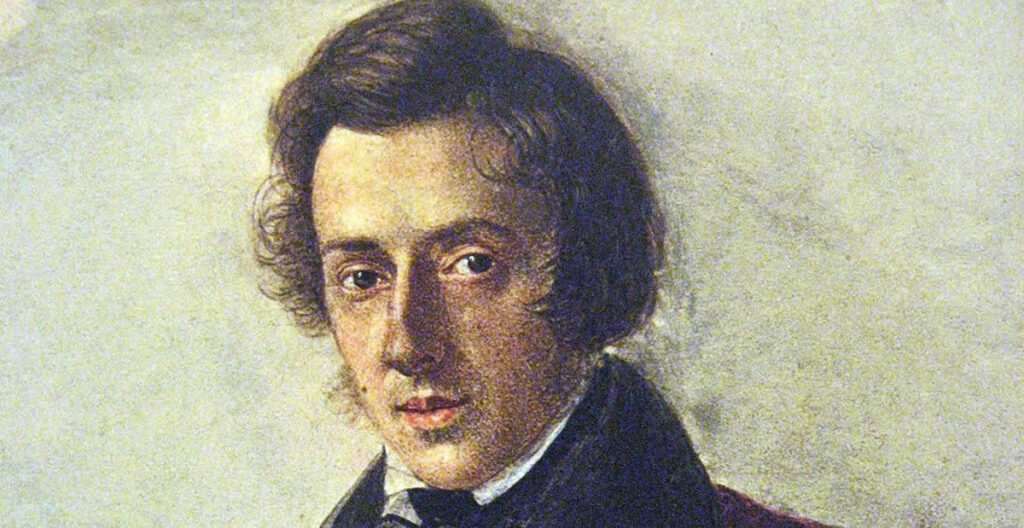Frédéric Chopin, one of the most celebrated composers of the Romantic era, composed Berceuse in D-flat major, Op. 57, in 1843–1844. This delicate and enchanting piece is often regarded as one of his most exquisite piano works, showcasing his unparalleled gift for lyrical melodies and intricate ornamentation. The term berceuse itself is derived from the French word for “lullaby,” reflecting the piece’s soothing and dreamlike qualities.
Origins and Inspiration
Chopin composed Berceuse during a period of relative stability in his life. At the time, he was living in Nohant, the country estate of the novelist George Sand, with whom he had a significant romantic and artistic relationship. It is believed that the piece was originally conceived as a set of variations on an unpublished lullaby. Some scholars speculate that Chopin may have been inspired by Sand’s granddaughter, to whom he was known to be affectionate.
Musical Structure and Style
The piece follows a simple yet mesmerizing structure, built upon a repeating left-hand ostinato that mimics the gentle rocking motion of a cradle. Over this foundation, Chopin weaves an intricate, evolving right-hand melody that grows increasingly elaborate with delicate embellishments and flourishes. The work’s harmonic and melodic richness exemplify Chopin’s genius in creating depth and expression within a seemingly simple form.
One of the most remarkable aspects of Berceuse is its continuous variation technique. Instead of adhering to a traditional theme and variation format, Chopin gradually transforms the melody through subtle changes in rhythm, harmony, and texture, maintaining the tranquil and hypnotic essence of the piece throughout.
Reception and Legacy
Upon its publication in 1845, Berceuse was met with admiration and has remained a favorite among pianists and audiences alike. Its technical demands, particularly in maintaining the fluidity and delicacy of the right-hand embellishments, make it a challenging yet rewarding piece for performers.
Throughout the years, Berceuse has been widely recorded and interpreted by some of the greatest pianists, including Arthur Rubinstein, Vladimir Horowitz, and Maurizio Pollini. Its lyrical beauty and evocative charm continue to captivate listeners, reinforcing Chopin’s reputation as a master of the piano.
Conclusion
Berceuse stands as a testament to Chopin’s ability to infuse profound emotion and technical brilliance into a seemingly simple musical form. Its gentle, lullaby-like quality and masterful variations have secured its place as one of the most cherished works in the piano repertoire. Whether performed in an intimate salon setting or on the grand concert stage, Berceuse remains a timeless expression of Chopin’s poetic artistry.


No responses yet